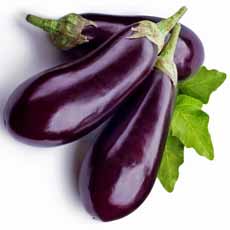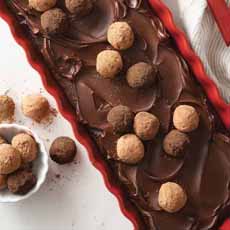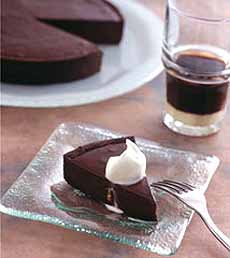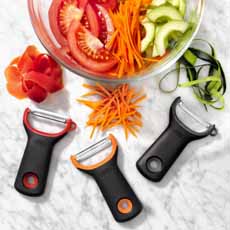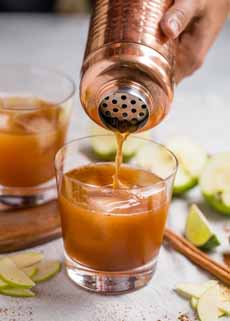|
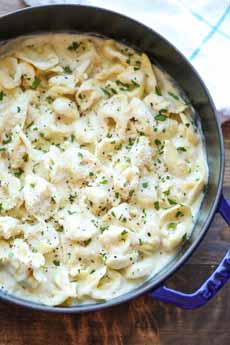
[1] Tortellini alfredo. Here’s the recipe from Damn Delicious.

[2] Tortellini antipasto salad. Here’s the recipe from Host The Toast.
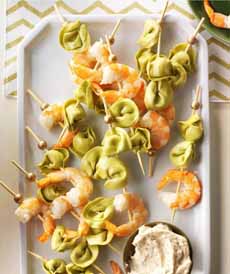
[3] Tortellini and shrimp skewers. Here’s the recipe from Taste Of Home.

[4] Fried tortellini bites with marinara sauce dip. Here’s the recipe from The Cozy Cook.
|
|
February 13th is National Tortellini Day.
Most people think of a dish of tortellini with their favorite sauce. But tortellini can be so much more.
Here are 20 ideas for lunch, dinner and hors d’oeuvre.
20 WAYS TO SERVE TORTELLINI
APPETIZERS & SALADS
Add to favorite salads (Caesar, caprese, cobb, etc.)
Antipasto skewers (recipe)
Appetizer with dip (recipe—serve at room temperature)
Green salad (recipe)
Fried tortellini “bites” with marinara dipping sauce (recipe)
Pasta salad (recipe)
SOUP
Creamy tortellini tomato soup (recipe)
Lasagna tortellini soup (recipe)
Sausage tomato tortellini soup (recipe)
Soup dumplings (tortellini en brodo recipe)
PASTA
Casserole/bake/skillet (recipe)
One pan tortellini, chicken and vegetables (recipe)
Pizza topping (recipe)
Stew dumplings (recipe)
Stir-fry (recipe)
Tortellini alfredo (recipe) or carbonara with bacon (recipe)
Tortellini in garlic butter (recipe)
Tortellini mac and cheese (recipe)
Tortellini primavera (recipe)
Tortellini with mushrooms and crispy sage (recipe)
THE HISTORY OF TORTELLINI
Tortellini are made by filling long strips of pasta, rolling them into tubes and cutting individual pieces, which are pinched together with the thumb and forefinger. The famous “loop” shape is said to be based on the belly button of the Venus, the Roman goddess of love.
One of the most famous versions of the legend, written in the 14th century, tells us that that Bacchus, Mars and Venus came down to earth to intervene in a 12th century war between Bologna, the historic capital of the Emilia-Romagna region in northern Italy; and Modena, also in Emilia-Romagna, the home of balsamic vinegar (plus the Ferrari and Lamborghini sports cars.)
The gods spent the night at an inn in Castelfranco, a small town located between the two cities.
In the morning, Bacchus and Mars arose early to visit the battle site. When Venus awoke and could not find her companions, she called for the innkeeper, who arrived to find the goddess of love naked. Inspired by her navel, he created a new shape of pasta. (Seriously, Mr. Innkeeper—her navel is what inspired you?)
Tortellini are made in a size that fits easily onto a soup spoon. There is a recipe for tortelloni, larger tortellini, that dates back to the 12th century. The first recipe for tortellini alla Bolognese, tomato and meat sauce, appeared in Bologna in 1550 and became a signature dish in that city. (Note that Tuscans also claim tortellini as their regional pasta.)
Tortellini en brodo was the traditional Christmas soup, made with capon broth, which was favored by the ruling classes. The broth was made rich by cooking all the meat in it. The meat was then turned into a stuffing with Parmigiano-Reggiano, prosciutto crudo and/or mortadella.
TRIVIA: TORTELLINI & RAVIOLI DIFFERENCE
Both tortellini and ravioli are what is known as “pillow pasta”: stuffed pasta that is pillowy, compared to long strands (spaghetti, fettuccine, etc.) or short cuts (bowties, wagon wheels, etc.).
Tortellini translates to “little stuffed cakes.” A single layer of pasta, topped with a filling, is folded into a hat-like shape. The singular form is tortellino.
|
